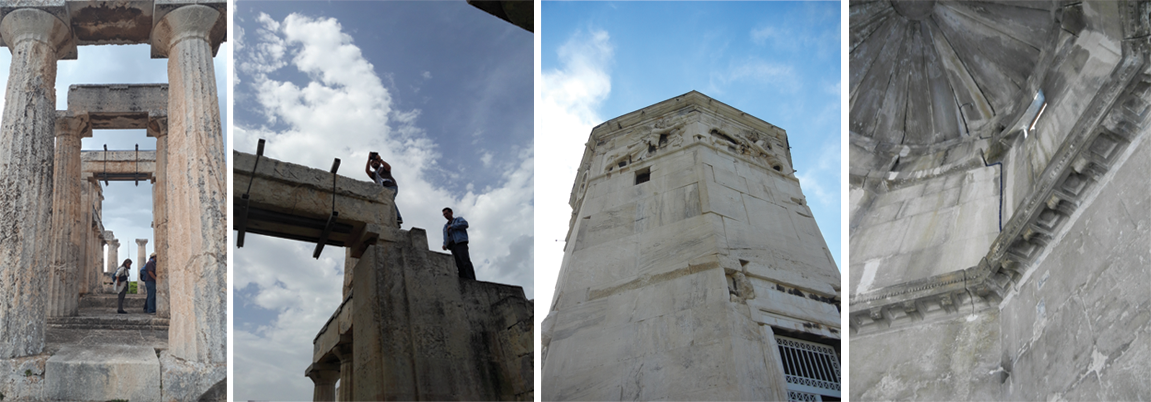
Archetypal telemetry and decision support system for the protection of monumental structures

The project proposes the development of an intelligent platform for remotely monitoring monumental structures, promptly diagnosing their potential for instability and making subsequent decisions on taking remedial actions. It is a timely proposal that is developed in cooperation with the Ministry of Culture to protect the entirety of the monumental structures in Greece, through the accurate diagnosis and the assessment of the estimated micro-climatic and atmospheric stressors. HYPERION will perform combined prioritization of rehabilitation needs, aiming to optimize the distribution of available funds. For this purpose, two discrete levels of system deployment are offered. The first requires minimal resources and involves the use of software for risk assessment under multiple environmental hazards (earthquake, wind, flood, deterioration, ageing). It employs probabilistic methods and models to estimate the risk of instability and offers some remote monitoring capabilities through local or regional measuring of the intensity of environmental actions. At the second level, a sensor network is deployed at the monument and connected to the remote monitoring platform, offering continuous up-to-date information to optimize the accuracy of instability prediction via the risk assessment software.
The platform will be validated via its pilot application to two emblematic monuments of Classical Antiquity: a) the Horologion of Andronikos Kyrrhestes (Tower of the Winds) in the Roman Forum of Athens and b) the Temple of (Athena) Aphaea in Aegina Island. The exploitation of the platform is expected to offer considerable direct and indirect benefits, both for the research and industrial partners, as well as for the Agencies of the Ministry of Culture and the Greek state.
Project Funding
EPAnEK 2014-2020 Operational Programme Competitiveness-Entrepreneurship-Innovation
ESPA 2014-2020, Greek Ministry of Education and Religious Affairs/MIA-RTDI
T1EΔK-00956
Collaborators
Engineering Firm AETMON
National Technical University of Athens
iTEAM
Engineering Firm DOMOS
Ancient Monument Restoration Agency of the Ministry of Culture
Time Period
Oct 2018 – Jan 2023
Relevant Publications
ARCHYTAS Members





